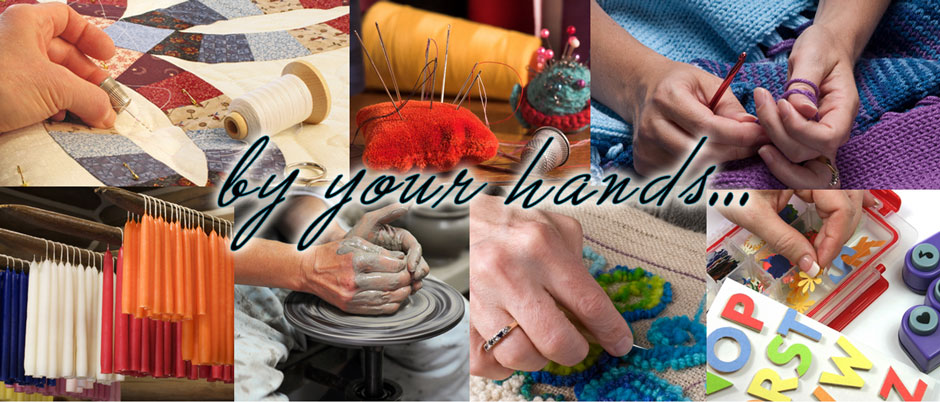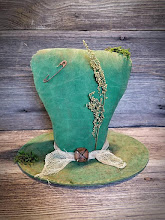Today I think I will give you a few sewing tips and information on needles and bindings. I know all of us do different kinds of sewing and crafting so today I would like to touch on a few different things like information on needles and bindings.
First......have you ever really looked at your sewing machine needle? I never did until one day when I saw this chart. I new the different sizes, but never realized the different types of needles. This needle chart from Feathers Flights shows the parts of a needle, kinds and sizes. Nice to have this chart in your sewing room.
Do you need a quick way to determine the yardage needed for that quilt binding? Quilting Tidbits has this chart to show you how to do that.
I do a lot of embroidery also when I make my little stitchery pillows and embroidering on my pot holders. For all of you embroiders here are some basic stitches from Tip Nut. Most of these stitches I have used, but there are actually a few I didn't know and have never used! I will have to try them out. :)
or little bias tape maker clips.............
But me.....being "cheap" ( I call it "thrifty", but my kids call it "cheap") I make my own by just cutting and ironing them. :) I do so many of them that I have this down to a routine so it is very simple to do.
First I cut a 2 inch with of fabric strip.
Then I fold both ends to the middle.
Iron it flat.
And whalla..................bias tape!! :)
Well I hope some of these tips are useful for you. I always seem to find tips that I have never used or didn't know about. So excited when I do! :)
Have a good day!!
Colleen :)















hi, what you cut is normal binding tape, not bias binding tape. "bias" tape has to be cut across, at a 45 degree angle to the fabric grainline, so it can stretch and cover awkward curves without any puckering. google for more info. (and yes the process is very simple, and much easier to make your own tape than trying to match colors for a project)
ReplyDelete